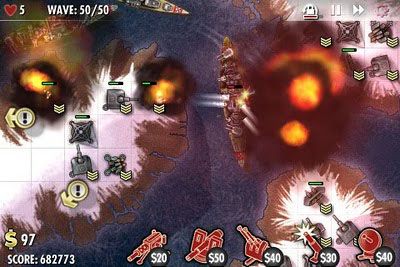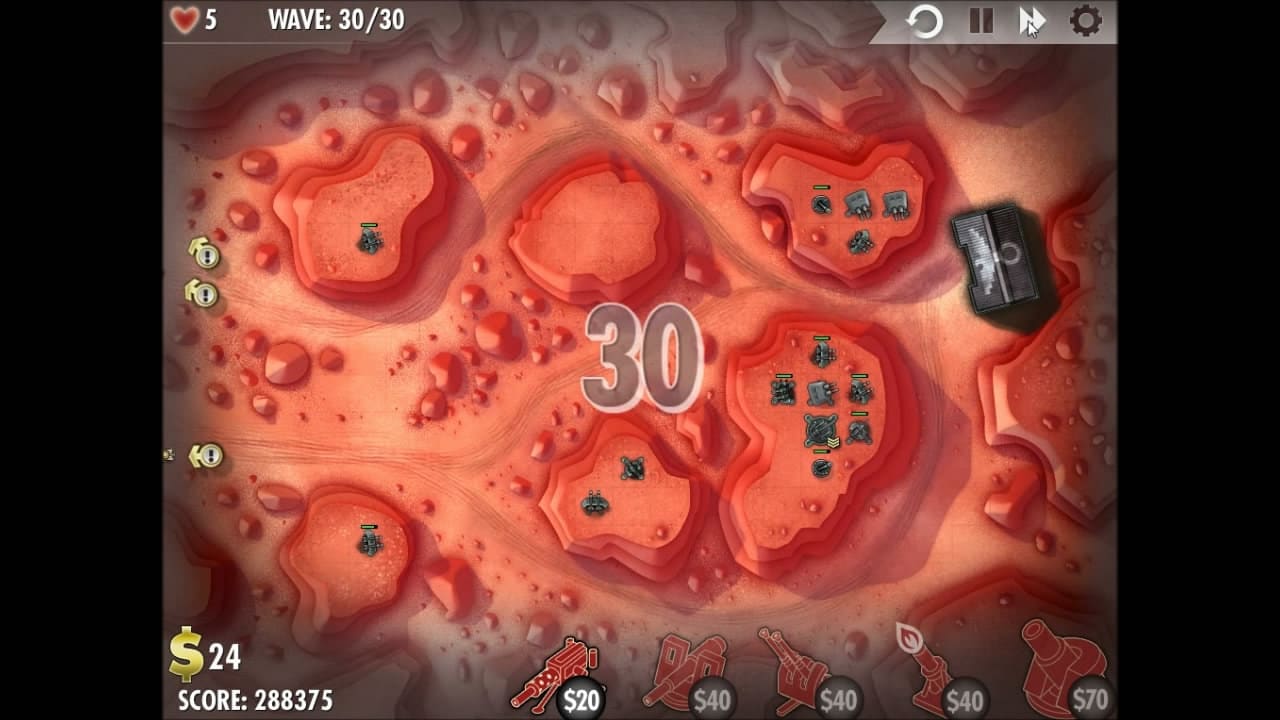

Unlike their brethren who had been desperately pitched into Kaposvár, these troops would work up in Vrnograc, under MAJGEN Diskoerekto’s overall supervision. The next of the new ‘reinforced militia divisions’ (2 x MIL, 1 x AT, 1 x ART), the 6th, deployed at midnight. Ironically, Knox's comment that "Possession of Sicily by the Allies would obviously be a tremendous asset" was interpreted as an obviously clumsy attempt at deception, which Nazi Propaganda Minister Joseph Goebbels would describe as "baseless rumors and attempts at a smoke screen". Secretary of the Navy Frank Knox inadvertently gave a clue that Allied forces intended to use Sicily for an invasion of Europe, potentially undermining the British disinformation campaign of Operation Mincemeat to convince German intelligence that the attack would be made from Greece and Sardinia. To the south, the Turkish Air Force continued to strike Subotica throughout the day, now with the purpose of softening it up for the next attack.
Ibomber defense north west africa axis full#
The existing attack by 2 and 3 Mot Divs on Dunaújváros was maintained at full force and 15 Inf Div kept pushing north, even while the battle for their tenuous supply lines went on behind them. There would be no renewal of Axis air attacks until 16 May.ĥ.

Turkish raids on Kula, begun on 8 May, killed 146 Axis troops by the time they finished on the morning of 9 May. Īir Damage Report.Turkish air raids in support of the attack on Semska Mitrovica, which had begun on 6 May, continued throughout the day. Their attempted shock attack was however negated by an ambush, though the Hungarians had not had time to dig in.

Having been ordered all the way through, they kept going to Dunaújváros, where they struck the 16th Hungarian Division at 8pm. That night, the advance guard of 3 Mot Div (which had no permanent commander) arrived in Szekszárd at 7pm, encountering the unprepared 4th Hungarian Division, which retreated on contact. An hour later, 4 US Mar Div was in turn ordered to march north up to Kaposvár from the original bridgehead at Szigetvár, with two divisions on their way from the south of the Drava River to relieve them in turn. 15 Inf Div were not far behind, arriving in Kaposvár at 1pm: but instead of staying to secure it, the still partly disorganised formation also pushed on to Szekszárd, as Axis divisions in Pécs must have spotted the developing trap and now started marching north to escape to Szekszárd themselves. But if they waited, the current opportunity may disappear. Then in the north, later that morning the fast and powerful 2 Mot Div joined 3 Mot Div (-) (which had arrived there the afternoon before) to reinforce the breakthrough into Kaposvár, where they too took the calculated risk of pushing on to Szekszárd before the follow-on units had secured Kaposvár and the supply line running through it. Importantly, unlike the other four, if they could reinforce they were not approaching over the Sava River.

If it could be occupied, it started to threaten encirclement of Pécs and Beli Manastir to its west, while also offering another avenue to hook east towards Timisoara, keeping the Axis from firming up a new defensive line.Īt 2am, Soviet troops from 12 SD in Backa Palanka joined four other Comintern divisions attacking two Axis divisions in Semska Mitrovica, though were yet to reinforce. Ī skirmish in Bajmok was won at 1am as two advancing Turkish divisions brushed away a light defence. The blue dotted line shows the front as at 2300 hr on.


 0 kommentar(er)
0 kommentar(er)
